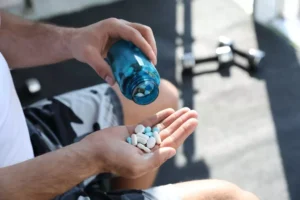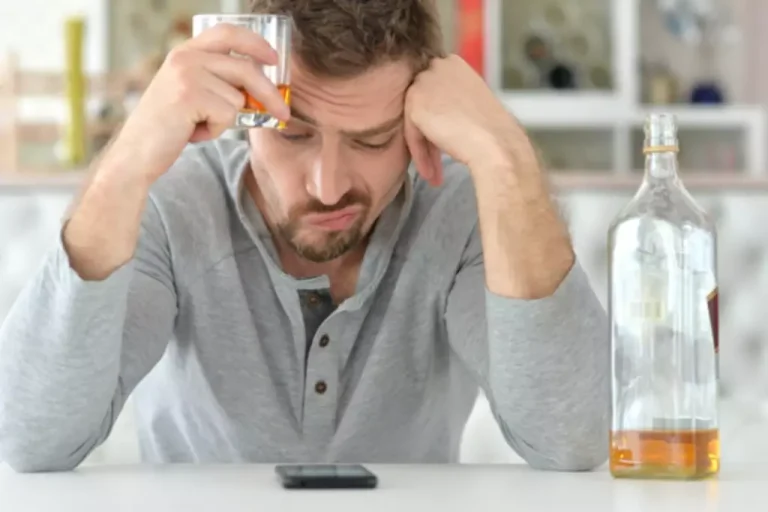
Ultimately, insulin secretion declines even further, to levels below those seen in nondiabetics (although generally still higher than those seen in type 1 diabetics). At that point, when a deficit in insulin secretion is combined with a state of insulin resistance, the person develops type 2 diabetes. Thus, whereas type 1 diabetes is characterized by a complete lack of insulin production, type 2 is characterized by reduced insulin production plus insulin resistance. The reasons underlying defective insulin secretion and insulin resistance, which are still under investigation, are complex and beyond the scope of this article (for a review, see DeFronzo 1997). Moreover, our deeply encoded items were presented within a sentence context, which we did not test memory for. Contextual details for events (what, where, when, etc.) are bound together with the event itself to create an episodic memory, and these contextual (source) details are hypothesised to aid recollection [60].
- Binge-drinking within adolescence and young adults is accepted as a global problem [1–4], yet the immediate consequences of binge-drinking, which can lead to an MBO, are rarely discussed.
- Thus, researchers must becautious and account for factors other than alcohol that might contribute toblackouts.
- Two additional medications—metformin and troglitazone—are now being used to treat people with type 2 diabetes.
- Another analysis of more than 4,600 participants found that 52% of men and 39% of women reported having at least one blackout in their lifetime, while 21% of men and 11% of women reported having had three or more in one year.
- Overall, 224 participants (49.7%) were randomized to the intervention group; the other 227 participants (50.3%) received TAU.
Are there benefits to drinking alcohol with diabetes?
- Given thepotential impact of these findings on prevention and intervention programs,additional research examining genetic and environmental factors contributingto alcohol-induced blackouts is needed.
- They may seem articulate because most parts of the brain are alcohol-tolerant.
- These agents act to lower the patient’s blood sugar levels by decreasing insulin resistance rather than by increasing insulin secretion.
- Further, consistent withthe prepartying and drinking games studies described previously (LaBrie et al., 2011; Ray et al., 2014; Wahl et al., 2013), individuals who reported drinking to getdrunk were also more likely to have prepartied and participated in drinkinggames.
To be clear, when we discuss an after-MBO effect, or a blackout effect, we are referring to any statistical difference between sober (before-alcohol) and after-MBO conditions. We used Bonferroni corrected paired t-tests, reporting Bonferroni adjusted p values, to compare the within-group means for the MBO group. In addition, in the serial recall task we further investigated sequence length (recalling 2 or more words in the correct order). Hypertriglyceridemia can diabetics get drunk is an important risk factor for cardiovascular diseases. Moreover, elevated triglyceride levels can cause severe inflammation of the pancreas (i.e., pancreatitis). In addition to being highly painful and potentially fatal, this inflammation may interfere with the production of insulin, thereby potentially worsening control of blood sugar levels and making hypertriglyceridemia a particularly serious complication in diabetics.

Learn more about smart insulin pen
Many symptoms of hyperglycemia and hypoglycemia are similar to those of being drunk. Alcohol slows down activity in the brain and throughout the body and can cause numerous effects from a feeling of relaxation https://ecosoberhouse.com/article/5-tips-of-how-to-maintain-recovery-motivation/ to drowsiness and decreased coordination. The intervention was designed to be accessed on a tablet computer configured with a polarizing screen for privacy and self-review in the clinic waiting room.
Diabetes and Alcohol Consumption Dos and Don’ts
Knowledge scores increased in all groups over the 12-month period as participants learned more about alcohol through life experiences. Regardless of randomization status, participants with high-risk (vs low-risk) alcohol use may have learned about alcohol use from health care professionals, parents, or other adults in response to their alcohol consumption or harms, washing out any differences from the intervention. Although we were not able to detect knowledge differences between treatment groups among those reporting high-risk use, the intervention may have personalized knowledge to facilitate behavior change. For participants in lower-risk groups whose behaviors may not be eliciting information from outside influences, the intervention may be driving knowledge gains disproportionately resulting in the noted differences between the groups. Abnormalities in the levels and metabolism of lipids are extremely common in people with either type 1 or type 2 diabetes and may contribute to those patients’ risk of developing cardiovascular disease (Durrington 1995).

Under the influence of excess glucagon, some of the free fatty acids are converted to ketone bodies and secreted into the blood, causing severe health consequences. In sum, we found evidence for reduced performance after-MBO compared to before-alcohol in our MBO group in two of the three tasks (serial recall and depth of encoding tasks). We report notable drinking characteristics given by MBO participants who returned for follow-up testing in Table 3.
Supplementary data
They explored the prevalence and correlates ofthis type of drinking behavior in 307 incoming freshman who reportedconsuming alcohol over the past 30 days. Nearly 77% of the incomingfreshmen reported drinking alcohol in a pre-meditated, intentional mannerwith the goal of becoming intoxicated. Compared to those who did not drinkto get drunk, individuals who reported drinking to get drunk were morelikely to experience an alcohol-induced blackout. Further, consistent withthe prepartying and drinking games studies described previously (LaBrie et al., 2011; Ray et al., 2014; Wahl et al., 2013), individuals who reported drinking to getdrunk were also more likely to have prepartied and participated in drinkinggames.
THC, the psychoactive compound found in marijuana, may also increase blackouts when combined with alcohol. Contact us today to find an alcohol treatment program for yourself or a loved one with diabetes. Drinking heavy amounts of alcohol on a regular or daily basis is a primary sign of alcohol use.
- Patients being treated for alcoholism who have diabetes can be at ease at our facility, knowing that they’ll eat healthy, gourmet meals and also engage in activity therapies, like meditation and yoga.
- Although these results after ingesting alcohol were not replicated here, we did not use narrative recall tasks, nor did we administer such a high dose of alcohol to participants as the above-mentioned studies.
- Inpatient alcohol rehab programs often offer medical detox services as well as integrated treatment services for substance use and medical conditions.
- If you experience a partial blackout, visual or verbal cues may help you remember forgotten events.
- Objective To evaluate the 12-month effects of a preventive intervention for alcohol use among youths with a CMC reporting baseline no or low-risk alcohol use vs high-risk alcohol use, testing the hypothesis of no difference.
• Because the brain is still developing during our teenage years and early 20s, heavy drinking in adolescence, in particular, can lead to changes in the brain. But what does being ‘blackout’ really mean in terms of brain processing, memory formation, and how someone acts – and how common is it, particularly among young people? Temporary blackouts are probably due to temporary disruption of theta rhythm input to the hippocampus. Approximately 50 percent of college students who drink have experienced a blackout. The median follow-up of 11,140 patients in the study was 5 years, during which 1,147 (10%) participants experienced a major cardiovascular event, 1,131 (10%) experienced a microvascular complication, and 1,031 (9%) died (Table 2).

